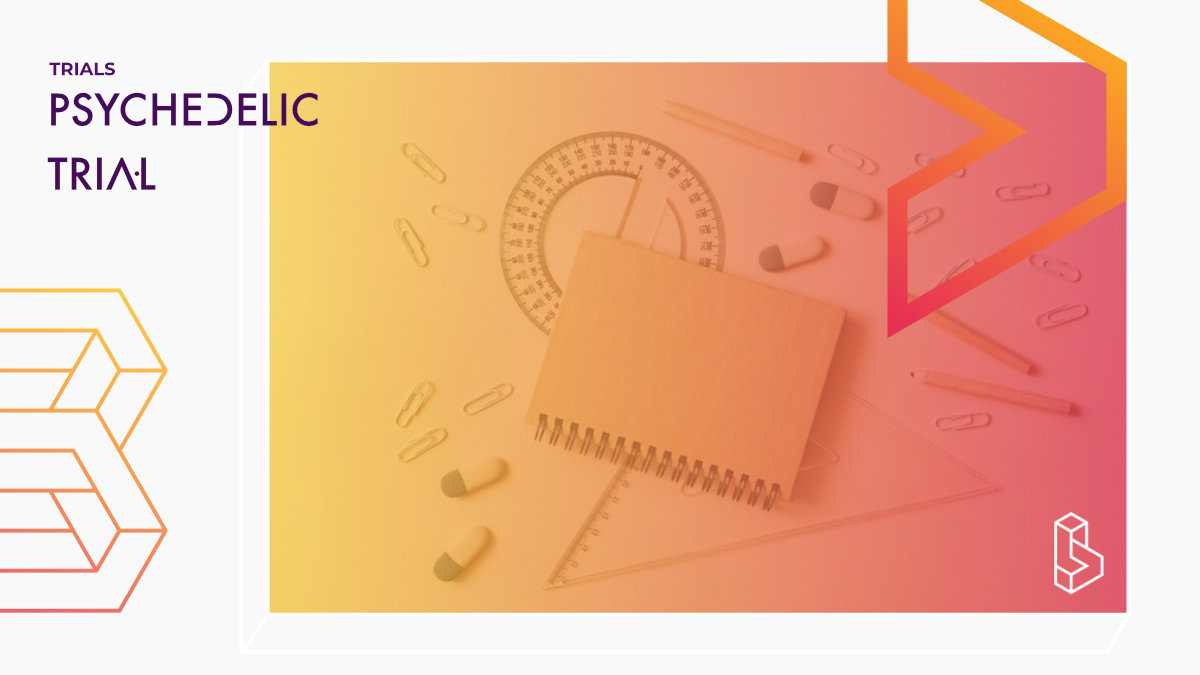This Phase II parallel assignment interventional trial (n=150) is conducted by Stanford University. The study aims to comprehend how ketamine functions in the brain to reduce symptoms of Obsessive-Compulsive Disorder (OCD).
Led by Pavithra Mukunda, MS, and Carolyn I Rodriguez, MD, PhD, the trial will involve 150 participants aged 18 to 65 who meet the criteria for an OCD diagnosis and have failed at least one prior trial of standard first-line OCD treatment. Participants must agree to specific lifestyle modifications and be capable of providing informed consent. Exclusions include prior exposure to naltrexone or ketamine, certain medical/psychiatric conditions, and pregnancy.
Participants will be randomly assigned in a 1:1 ratio to receive either intravenous ketamine plus oral placebo or intravenous ketamine plus oral opioid antagonist naltrexone. The study will assess changes in OCD symptom severity measured by the Yale-Brown Obsessive Compulsive Scale (YBOCS) from baseline to post-infusion fMRI scan, up to one week. Recruitment takes place at Stanford, California, United States. The trial started on February 24, 2024, and is expected to be completed by November 2028.
Trial Details
Trial Number
Sponsors & Collaborators
Stanford UniversityResearchers at Stanford are exploring the potential of ketamine, MDMA and psilocybin by connecting neuroscience, psychiatry and anesthesiology.

